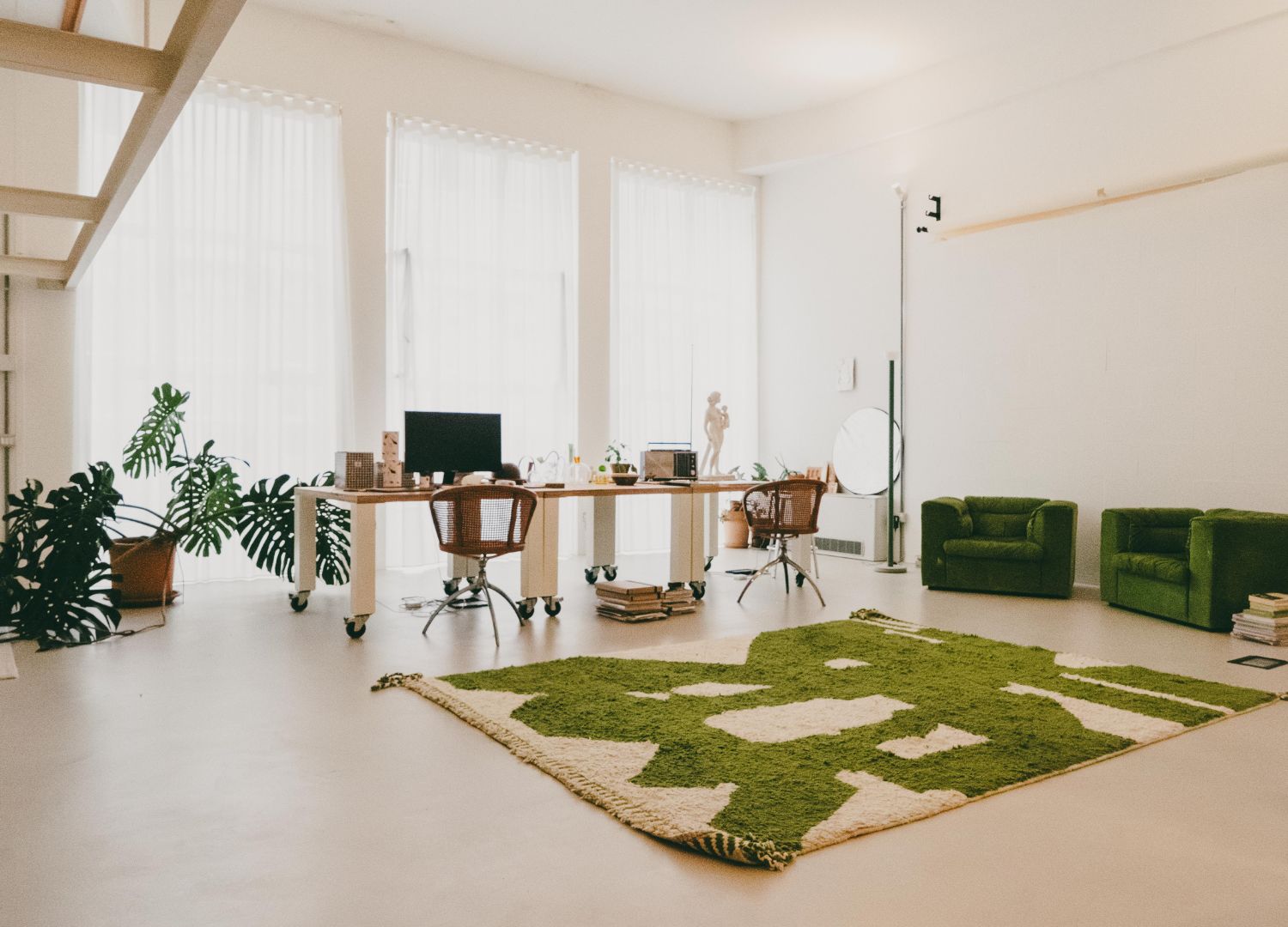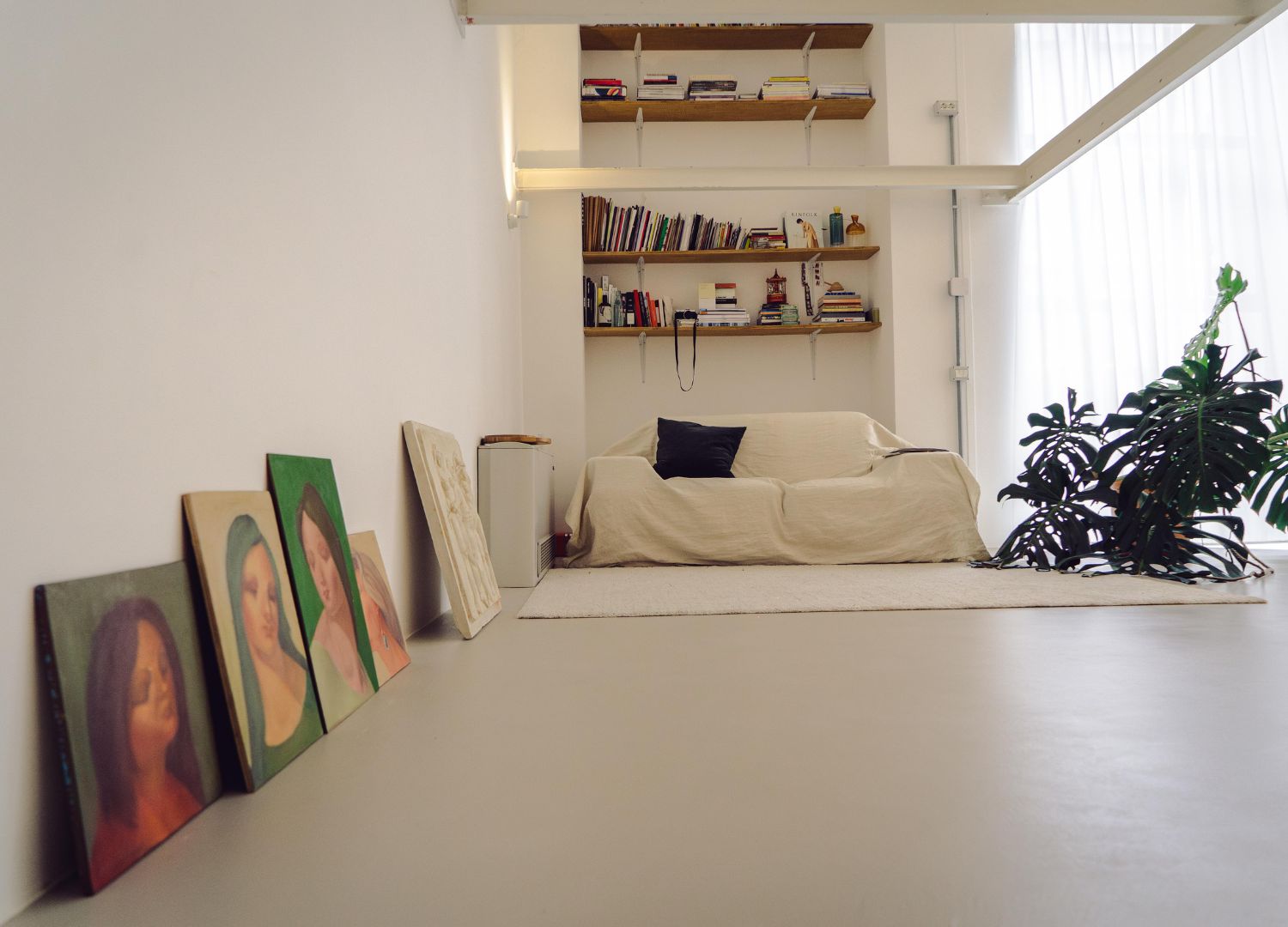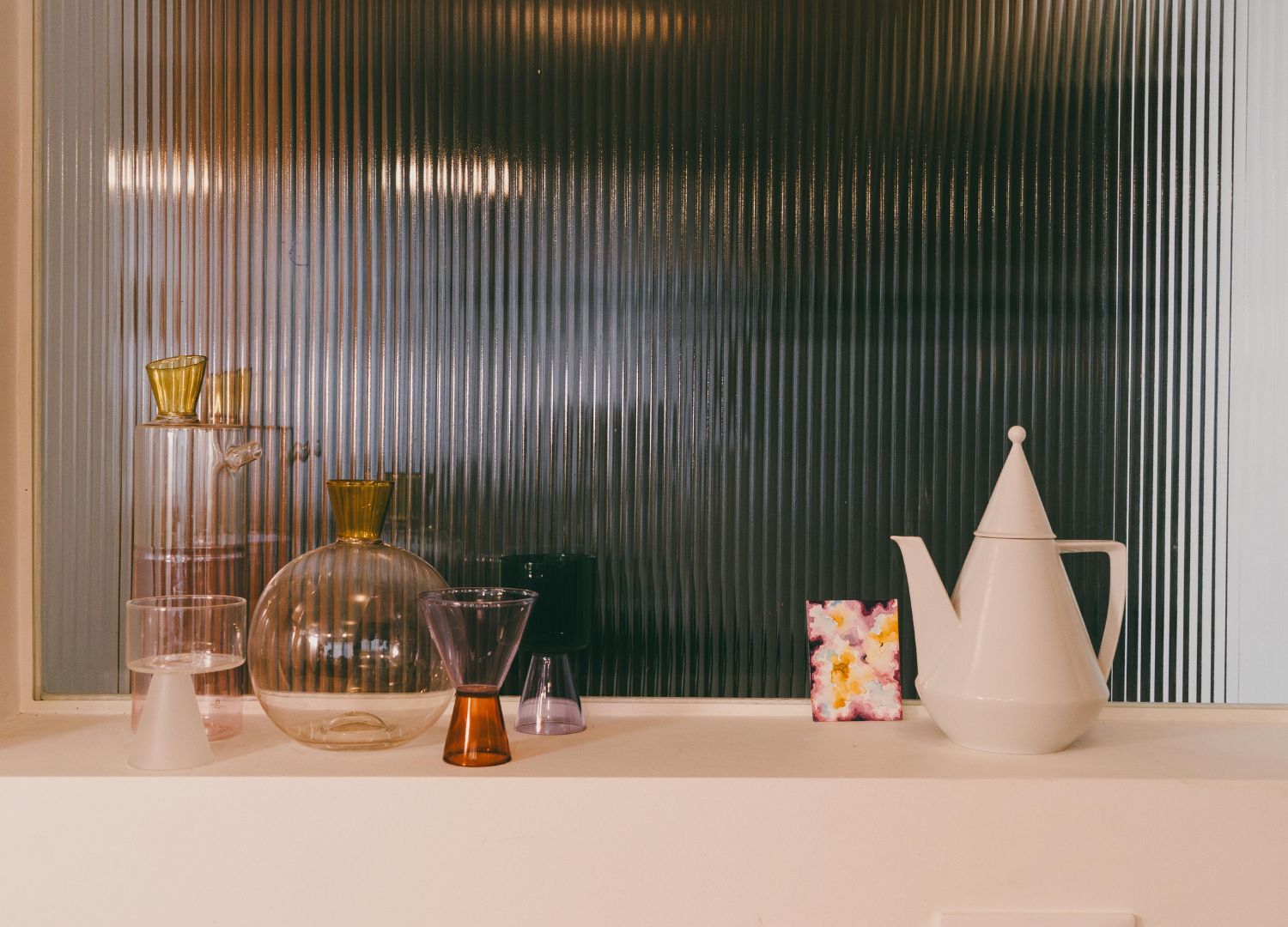Exploring food design with Astrid Luglio
Milan-based designer Astrid Luglio merges culinary arts with product design, drawing on her international experiences and deep-rooted passion for food culture. Her innovative approach is reflected in her studio, a creative haven that embodies her journey of creativity and passion.
In this second episode of “Behind,” a series of video interviews that take you inside the studios of designers and their approaches to work, we dive into the creative world of Astrid Luglio, a Milan-based product designer who opened her studio in the northern neighborhood of Milan after travelling to multiple countries. The studio is located in a former industrial space that has been transformed into apartments and workplaces.

We visit the spaces where Astrid brings her ideas to life and learn how her travels and culinary interests influence her unique approach to design. Her studio, which serves both as a home and a creative hub, offers a distinctive environment that fosters inspiration and innovation.
Can you tell us a bit about how you started your career and what led you to where you are today?
Astrid Luglio:
“I began working independently in 2018 after traveling extensively and living in various places like Melbourne, Vietnam, and Norway. These experiences exposed me to different cultural and professional realities, which deeply influenced my decision to return to Milan and establish my own studio. Since then, I have focused on product and interior design, with a strong emphasis on culinary research.”

Could you describe the space we are in right now?
Astrid Luglio:
“This studio is located in a building designed by architect Mutti. It was renovated about 20 years ago, transforming it from an industrial space into a combination of work and living spaces. Our studio features a large open area that serves multiple purposes: working, eating, coffee breaks, and photography. The flexible modular tables on wheels allow us to reconfigure the space as needed for different activities. The kitchen area is central to the studio and acts as a gathering spot for meals and discussions, fostering a sense of community and creativity.”

What tools do you use most in your daily technical process, and how have they improved your work?
Astrid Luglio:
“Depending on the project, my creative process varies. For food design projects, I often start with practical experiences, visiting producers and studying ingredients. Research is crucial, supported by books and archives. From concept to product, we use 3D modeling and printing, adapting to whether the production is industrial or artisanal. Working closely with artisans allows us to innovate traditional techniques and add our unique touch.”

Why did you choose to focus on food design in your work?
Astrid Luglio:
“My interest in food design stems from my background and personal experiences. I grew up in a family involved in the restaurant business, where the atmosphere and social experience around food were always emphasized. The themes of conviviality and the dining experience, as a pretext for discussion and interaction, have always been central to my growth and naturally led me to explore how design could enhance culinary experiences.
The realm of cuisine remained somewhat more open compared to others, providing me with a greater pretext for design exploration. I found it particularly interesting to start from artisan enterprises, what I call culinary utopias, innovative and forward-thinking approaches to food that I encounter and like to think I can add value in some way. These offer me countless design insights because the table is a highly examined area, possibly the most examined in terms of design, as it belongs to our most ancestral culture.

For example, my first project, “Camere Olfattive”, which became significant for everything that followed, was a glass inspired by the idea of tasting traditional balsamic vinegar. Traditional balsamic vinegars are ingredients that take 25 to 50 years to produce, making their production and commercial value almost utopian. It’s likely that there are generations who may not even see the completion of these bottles, as it is a gift passed on to future generations rather than enjoyed in the present. Helping to enhance the appreciation of these ingredients, which were previously tasted with plastic spoons or wine glasses not specifically designed for them, was a fascinating perspective.
This approach shaped much of my clientele over the years, starting from a similar principle. Clients often approached me to study specific Italian cultural ingredients like olive oil, whisky, or wine. Alternatively, they sought solutions related to the world of haute cuisine, such as organization, presentation, and specialized tools for serving food at the table. Over time, this led to the definition of a much more specific field of interest.”

Can you share some pros and cons of working with artisans for your projects?
Astrid Luglio:
“Our projects are either produced in series by companies or in limited runs with artisans. Working with artisans has many advantages, especially here in Italy where traditional craftsmanship is highly valued. The ability to collaborate closely with skilled artisans allows us to innovate and adapt traditional techniques, like the Lombard terracotta used in our recent project for Davide Longoni’s bakery.
The process of working closely with artisans enables us to respect the dignity of the material and technique while introducing our vision. However, it can also be challenging as it requires a deep understanding of these techniques and often involves more time and effort compared to industrial production.”

Glass is a material you frequently use. What draws you to it, and what do you aim to convey through your glass projects?
Astrid Luglio:
“My first significant project with glass was “Camere Olfattive”, a blown borosilicate glass vessel, mentioned above. This project marked the beginning of my fascination with glassblowing. The process of transforming raw glass into a finished object is almost magical, and I have developed a strong relationship with the artisans I work with. The transparency and purity of glass allow for clear, clean forms that resonate with my design aesthetics.”
Astrid Luglio’s journey from global traveler to Milan-based designer highlights the importance of cultural experiences and personal history in shaping a designer’s vision. Her innovative approach to integrating culinary elements into design enriches the final products while adding a unique narrative to her work. Stay tuned for more inspiring stories in our “Behind” series.
Astrid Luglio: visit the official website here
_____
Special thanks to our partner: DGRS

